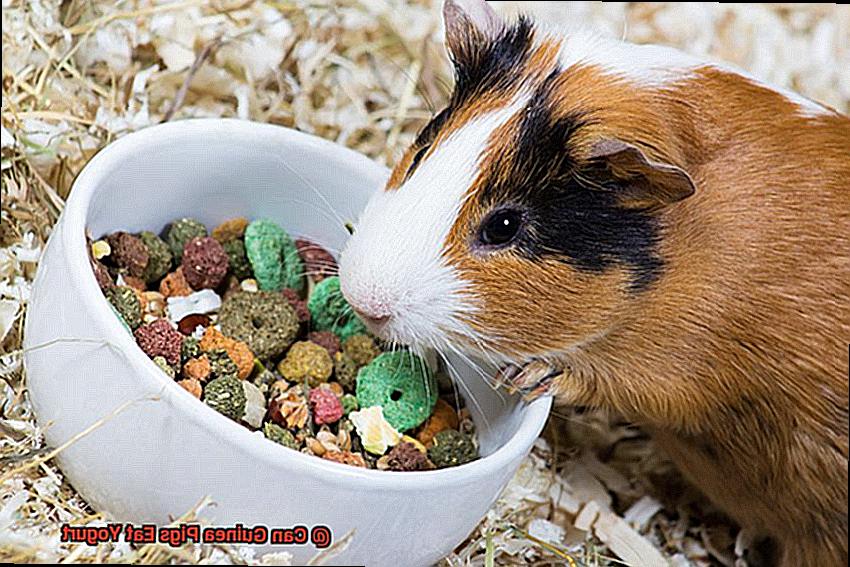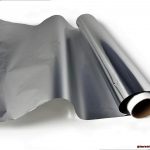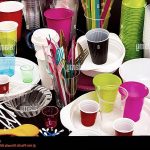Have you ever found yourself standing in front of the recycling and garbage cans, wondering which one to toss your pizza box into?
Pizza boxes are a household staple, but their recyclability can be a bit of a mystery.
The question on everyone’s mind is whether or not pizza boxes can be recycled. Believe it or not, pizza boxes are notoriously difficult to recycle, but not for the reason you might think.
Grease and food stains aren’t the main issue when it comes to recycling pizza boxes. In fact, some regions allow for composting of these items.
The real problem lies in the materials used to make them. Most pizza boxes are made from corrugated cardboard, a material that is easily recyclable.
However, there may be unexpected additives that render them unsuitable for recycling. In this blog post, we’ll break down everything you need to know about pizza box recycling.
We’ll explore which types of pizza boxes can be reused, what additives to watch out for, and how to dispose of parts of the box that can’t be recycled.
By the end of this article, you’ll be an expert on all things pizza box recycling and will confidently make informed decisions on how to dispose of your next empty pizza box.
Can Pizza Boxes Be Recycled?
Contents
- 1 Can Pizza Boxes Be Recycled?
- 2 Factors to Consider Before Recycling Pizza Boxes
- 3 How to Dispose of Greasy or Contaminated Pizza Boxes
- 3.1 Recycling Guidelines for Pizza Boxes
- 3.2 Proper Disposal of Greasy Pizza Boxes
- 3.3 Composting Pizza Boxes
- 3.4 Regularly mixing the materials and keeping them moist can help speed up the decomposition process. Composting not only helps reduce waste but also benefits the environment by producing valuable soil nutrients that enhance plant growth.
- 4 Separating Clean and Greasy Portions of the Pizza Box
- 5 Check Your Local Recycling Program Guidelines
- 6 Conclusion
Pizza boxes are a household waste item that many people wonder about recycling.
The answer is not straightforward because while pizza boxes are made of cardboard, the grease and cheese that often soak into the cardboard can make recycling difficult. When food waste contaminates the pizza box, it cannot be recycled with other cardboard products.
The oils and cheese can contaminate the entire batch of recycling and render it unusable. However, this does not mean all pizza boxes are destined for the landfill.
If the pizza box is relatively clean and free of food waste or grease stains, it can be recycled like any other cardboard product. Before recycling the box, it is important to remove any remaining pizza slices or crumbs.
If there are small grease stains, you can tear off the affected area so that only clean cardboard is recycled. It’s essential to note that some local recycling programs may have different rules for pizza boxes.
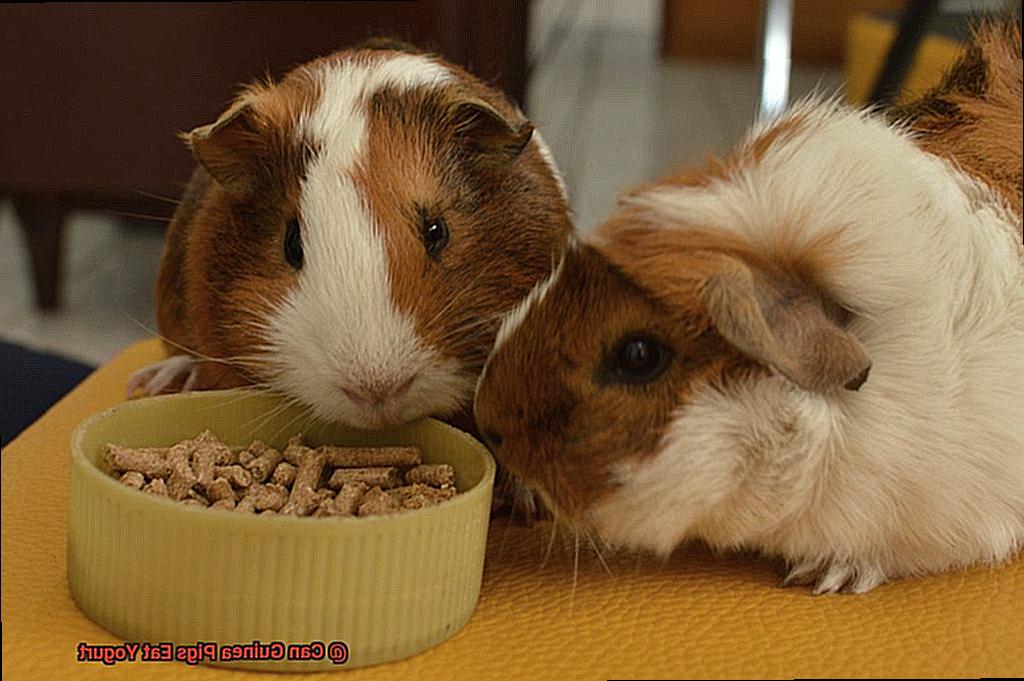
Some programs may allow pizza boxes to be recycled regardless of grease stains, while others may not accept them at all. It’s always best to check with your local recycling program for specific guidelines.
Properly disposing of pizza boxes helps reduce waste and protect our environment.
Factors to Consider Before Recycling Pizza Boxes
Before you toss your pizza box in the recycling bin, there are a few things to consider. First and foremost, check the condition of the pizza box.
Is it greasy, soiled or covered with food waste? If so, it’s not suitable for recycling.
These contaminants can make the recycling process difficult and may even damage machinery at recycling facilities. To ensure that your pizza box gets recycled properly, make sure it’s clean and free from any food stains.
Another critical factor to consider is the type of material used to make the pizza box. Most pizza boxes are made from corrugated cardboard, which is recyclable.
However, some pizza boxes have a thin layer of plastic or wax to prevent grease from soaking into the cardboard. These types of pizza boxes are not accepted by many recycling programs because they can contaminate other paper products during the recycling process.
Before recycling your pizza box, make sure it’s made of only corrugated cardboard. It’s also important to note that not all recycling programs accept pizza boxes.
Some municipalities have specific guidelines on what can be recycled, and pizza boxes may not be on the list. To avoid any confusion, check with your local recycling program to ensure that they accept pizza boxes before placing them in your recycling bin.
Lastly, flatten your pizza box before recycling it. Flattening allows for more efficient transportation and storage, which saves space at recycling facilities and reduces transportation costs.
By taking this simple step, you can help ensure that your pizza box gets recycled properly. In summary, before recycling your pizza box, make sure it’s clean and free from any food debris or grease stains.
Check if it’s made of only corrugated cardboard and is accepted by your local recycling program. Lastly, flatten the box to save space and make transportation more efficient.
How to Dispose of Greasy or Contaminated Pizza Boxes
Recycling Guidelines for Pizza Boxes
Pizza boxes are a common household item, and many people wonder if they can be recycled. While pizza boxes are made of cardboard, they often come with grease and food residues that can contaminate the recycling process.
Recycling guidelines for pizza boxes can vary depending on various factors, including the degree of contamination, the recycling program in your area, and the guidelines for your recycling center.
If your pizza box is clean and free of any food or grease stains, it can be safely recycled. However, if there are any leftover pizza slices or heavy grease stains on the cardboard, it is safer to throw it in the garbage instead. It’s essential to check with your local recycling program or facility before putting your pizza box in the recycling bin.
Proper Disposal of Greasy Pizza Boxes
Greasy pizza boxes cannot be recycled due to contamination, and tossing them in the recycling bin can contaminate other recyclables and render them unrecyclable. Additionally, the grease can cause damage to recycling equipment and lead to costly repairs. Therefore, disposing of greasy or contaminated pizza boxes in the regular trash bin is the best option.
Before throwing away greasy or contaminated pizza boxes, it’s important to remove any remaining food scraps or debris to prevent attracting pests and rodents. Proper disposal helps minimize waste and prevents contamination.
Composting Pizza Boxes
Composting is a natural process that converts organic matter into nutrient-rich soil. Microorganisms in the soil can break down cardboard boxes, leaving behind valuable nutrients that can be used to fertilize plants.
Composting a pizza box involves removing any remaining food scraps or debris and then cutting the box into small pieces. These pieces can then be added to a compost bin or pile along with other organic materials such as leaves, grass clippings, and fruit and vegetable scraps.
Regularly mixing the materials and keeping them moist can help speed up the decomposition process. Composting not only helps reduce waste but also benefits the environment by producing valuable soil nutrients that enhance plant growth.
Clean Pizza Box Tops Are Different From Greasy Bottoms
In some cases, you may be able to recycle the top portion of a pizza box while throwing out the greasy bottom portion in the garbage.
If the top portion is clean and free of any food waste, it can be separated from the bottom and recycled separately. This method helps minimize garbage disposal and increases recycling efforts.
Separating Clean and Greasy Portions of the Pizza Box
Then you must know how to recycle your pizza box correctly.
One of the most critical steps is separating the clean and greasy portions of the box. Think of it as sorting laundry: you wouldn’t mix your dirty socks with clean clothes, would you?
Why is separating clean and greasy portions such a big deal? Well, the grease and oil from the pizza can contaminate the recycling process.
Recycling centers may not be able to recycle the materials properly, leading to more waste. But don’t worry, there’s good news too.
The dirty parts of your pizza box can still be reused. Typically, these are the top portion of the box and other areas that haven’t touched the pizza or its grease.
However, the greasy portions of the box should not be reused. This includes the bottom part of the box and areas that have come into direct contact with grease or oil from the pizza.
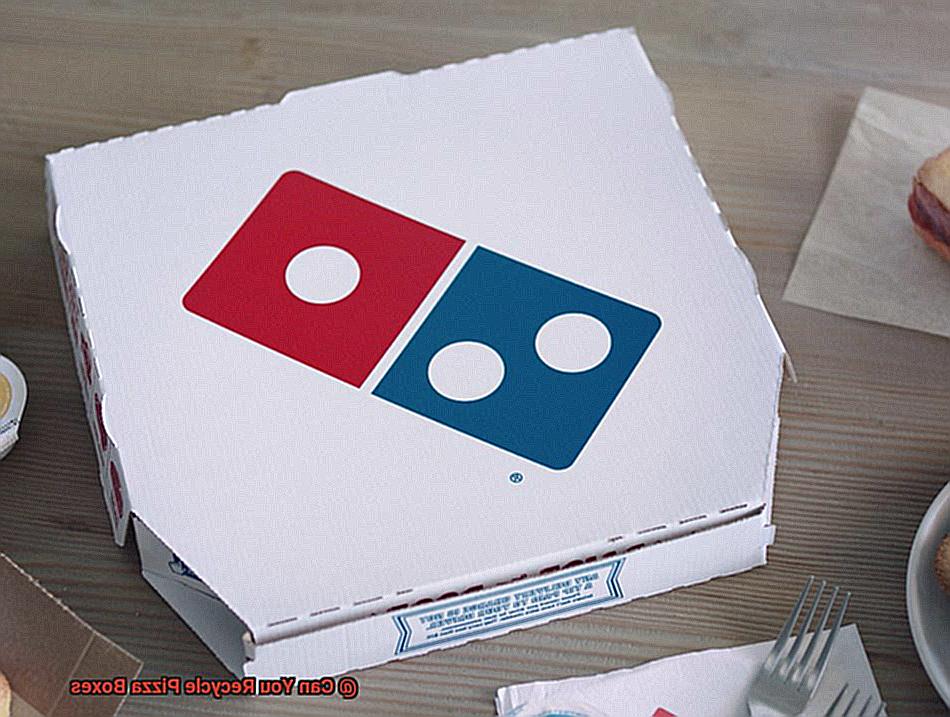
So, what should you do if you have a pizza box with both clean and greasy portions? It’s simple: tear off and dispose of any greasy sections in the trash.
Then recycle the remaining clean portions of the box as you normally would. It’s worth noting that different recycling centers may have slightly different guidelines for pizza boxes.
That’s why it’s always a good idea to double-check with your local facility before recycling. Regardless of where you live, separating clean and greasy portions of the pizza box is crucial to ensuring that your recycling efforts are successful.
Check Your Local Recycling Program Guidelines
Recycling is a vital practice to reduce waste and protect our planet.
However, not all recycling programs are created equal. When it comes to recycling pizza boxes, it’s especially important to check your local program’s policies.
Just like sorting laundry, proper sorting of pizza boxes is crucial to prevent contamination of the recycling process. Tear off and discard any greasy sections before recycling the clean portions.
Different recycling programs have varying rules about what can and cannot be recycled. Some may accept clean pizza boxes, while others won’t accept them at all.
To find out if your local program accepts pizza boxes, visit their website or give them a call. They may have specific instructions on how to recycle pizza boxes, such as separating the top from the bottom or removing any remaining food waste.
It’s essential to follow these guidelines closely to ensure proper recycling. Improperly recycling pizza boxes, such as mixing them with other cardboard or paper materials, will contaminate the entire batch and render it unrecyclable.
Just like mixing bleach with dark colors in your laundry, it won’t work out well. By following the guidelines, you’ll help ensure that your pizza boxes are properly recycled and don’t contain hazardous materials.
In addition to checking your local recycling program guidelines, some cities and towns have separate composting programs for pizza boxes. Composting is a great alternative option for pizza boxes that can’t be recycled, as they’ll break down naturally over time and provide nutrients for plants and soil.
C1YkuKawB14″ >
Conclusion
Pizza boxes are a common sight in many households, but what do you do with them once you’re done indulging in your favorite slice?
The question of whether pizza boxes can be recycled is often asked, and the answer isn’t always straightforward. While they are made of cardboard, they can also contain grease and food remnants that can contaminate the recycling process.
By following a few simple guidelines and checking with your local recycling program, you can ensure that your pizza box is recycled properly.
To begin with, make sure the pizza box is clean and free of any food or grease stains before recycling it. It’s best to remove any leftover pizza or crumbs to avoid contaminating the recycling process.
Next up, check if your pizza box is made of only corrugated cardboard and if it’s accepted by your local recycling scheme. If it meets these criteria, go ahead and flatten the box to save space and make transportation more efficient.
However, if your pizza box is greasy or contaminated with food residue, it’s best to dispose of it in the regular garbage can rather than contaminating other recyclables. But don’t worry; there’s still an eco-friendly option for disposing of a clean pizza box – composting.
Simply cut it into small pieces and add it to a compost bin or pile along with other organic material. By taking these simple steps when dealing with your pizza boxes, you’ll be doing your part in minimizing garbage and protecting our climate.
